How to Send 1000 SMS Free Online with Shree Tripada
Instant communication is the foundation of any successful business in the current digital era. With open rates above 90%...
Learn more



In the world of business messaging, terms like MO and MT SMS often come up. Understanding them is crucial if you want to build an effective two-way communication system with your customers. In this guide, we’ll explain what MO (Mobile Originated) SMS means, how it works, and how businesses can use it to enhance customer engagement and authentication.
MO (Mobile Originated) SMS refers to any text message that is initiated by a user from their mobile phone and sent to a business, application, or shortcode. In simple terms, it’s a message that starts from the customer’s side, not the company’s system.
When a user sends an MO message—such as a keyword, command, or response—it is received by an SMS gateway or messaging platform, which then processes it. The system may send an automated reply (for example, a subscription confirmation or account balance) or forward it to a customer service team for manual handling.
MO messages are widely used in two-way communication systems, where customers actively engage with brands through SMS. For instance:
These interactions allow customers to initiate communication, making SMS a powerful tool for real-time engagement. MO SMS bridges the gap between businesses and customers—allowing users to take the first step in a conversation while enabling companies to respond instantly, efficiently, and personally.
The MO (Mobile Originated) SMS process follows a structured flow that enables seamless two-way communication between customers and businesses. Here’s how it works step by step:
1. User Sends Message:The process begins when a customer sends an SMS — for example, typing “JOIN” or “INFO” — to a designated shortcode, long code, or virtual number provided by the business.
2. Message Travels Through the Network:The message is transmitted via the mobile operator’s network, which routes it securely to the SMS gateway or messaging platform responsible for managing inbound messages.
3. Gateway Forwards to the Application:Once received, the gateway forwards the message details (including sender ID, timestamp, and content) to the company’s backend application, CRM, or API endpoint for processing.
4. System Processes the Message:The backend system scans the content for predefined keywords or commands (like “SUBSCRIBE” or “BALANCE”) and performs the related action — such as adding a user to a subscription list, retrieving account details, or recording feedback.
5. Business Sends Response (MT SMS):After processing, the system sends back a Mobile Terminated (MT) SMS, which is the reply from the business to the user. This could be a confirmation message, information update, or acknowledgment.
While MO (Mobile Originated) and MT (Mobile Terminated) messages are closely related, they represent opposite directions of communication in the SMS ecosystem. Together, they form the foundation of two-way messaging between users and businesses.
| Aspect | MO (Mobile Originated) | MT (Mobile Terminated) |
|---|---|---|
| Who Sends It | The user or customer initiates the message. | The business or application sends the message. |
| Direction | Sent from the user’s mobile device to a business system or shortcode. | Sent from the business system to the user’s mobile device. |
| Purpose | Used to start interactions, send commands, or provide feedback. | Used to respond, send notifications, or deliver information. |
| Example | A customer texts “STOP” to unsubscribe or “BALANCE” to check account info. | The system replies with “You’ve been unsubscribed” or “Your balance is ₹5,000.” |
| Typical Use Cases | - Feedback or survey responses- Opt-in/Opt-out requests- Information queries | - Promotional or transactional alerts- Confirmation messages- Reminders or OTPs |
In short:
Both message types work hand in hand to enable real-time, interactive, and automated communication — forming the backbone of modern SMS-based engagement systems.
MO SMS is widely used across industries for customer interaction and automation. Here are a few practical examples:
Customers can reply with ratings or comments directly through SMS after a purchase or service.
Brands can collect opinions by asking customers to vote using predefined keywords (e.g., “Text A or B to 56789”).
Marketers use MO messages for SMS contests — users send a code to participate and receive instant replies.
Customers can text their questions or complaints, and the support team can respond with MT messages.
Customers can easily subscribe or unsubscribe from SMS campaigns using simple MO commands like “JOIN” or “STOP.”
Businesses can verify user identity or confirm transactions through MO SMS — for instance, users text a one-time code or keyword for confirmation.
MO messaging plays a vital role in enhancing security through two-factor authentication (2FA) and identity verification. It ensures that only authorized users can access accounts, approve transactions, or verify sensitive actions — all through a secure SMS exchange.
Here’s how it typically works:
Step 1: Business Sends Verification Code (MT SMS)The process begins when a company — such as a bank, eCommerce platform, or telecom provider — sends a Mobile Terminated (MT) SMS to the user’s registered phone number. This message contains a one-time password (OTP) or unique verification code.
Step 2: User Replies with the Code (MO SMS)The user then replies to that message with the verification code or keyword, which acts as a Mobile Originated (MO) SMS. This confirms the user’s identity and validates that they are in possession of the registered mobile device.
Step 3: Real-Time VerificationOnce the system receives the user’s response, it instantly checks the validity of the code and grants access or approves the requested action.
MO SMS adds a reliable layer of security to digital communication — combining simplicity, speed, and strong authentication without needing internet connectivity.
MO (Mobile Originated) SMS is more than just a user message — it’s a gateway for interactive communication between brands and customers. By combining MO and MT messaging, businesses can create seamless two-way interactions that boost engagement, automate responses, and ensure secure customer verification. Whether for marketing, support, or authentication, MO SMS remains a simple yet powerful tool for modern communication strategies. Shree Tripada, a trusted bulk SMS services provider, empowers businesses to leverage MO SMS effectively, delivering reliable and scalable messaging solutions.
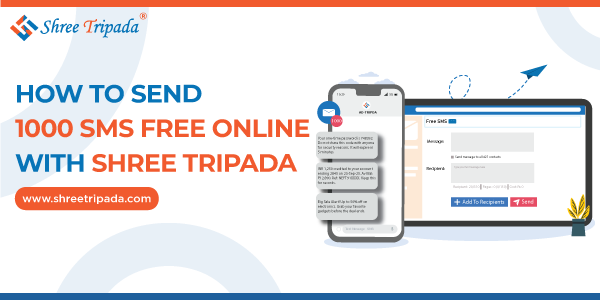
Instant communication is the foundation of any successful business in the current digital era. With open rates above 90%...
Learn more
Communicating effectively with a large audience has become essential for businesses, organizations, and even individuals...
Learn more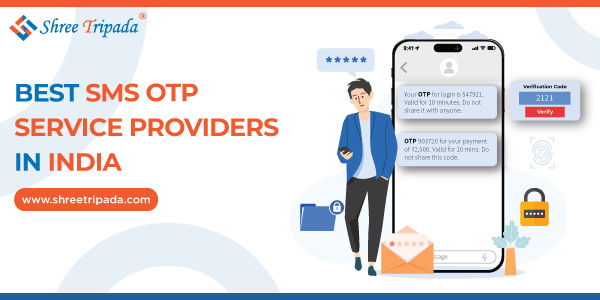
In a world where everything is becoming digital-first, it is crucial to authenticate users and verify customers with ease...
Learn more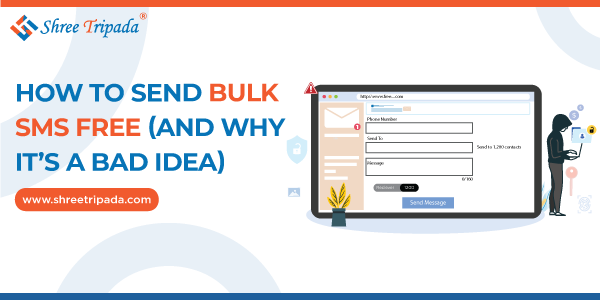
Many people search for ways to send bulk SMS for free because it sounds like a good deal...
Learn more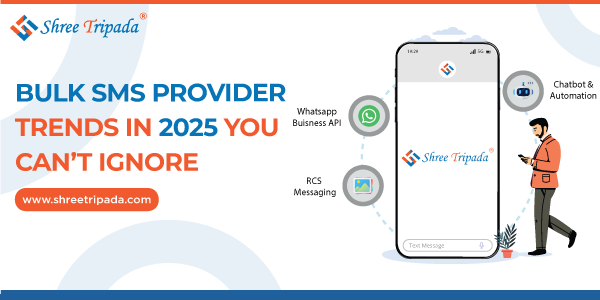
In 2025, bulk SMS is not just about sending plain text anymore. It has become one of the easiest and fastest ways for businesses...
Learn more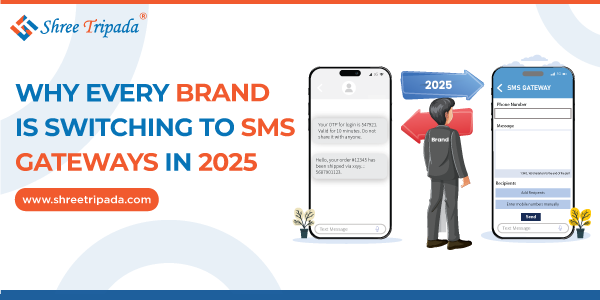
In 2025, every brand wants to talk to people fast and in a safe way. That’s why many companies are now using SMS Gateways...
Learn moreImportant Links
Shree Tripada Infomedia India Private Limited
Corporate Head Office:
706 , 7th Floor , North Plaza, Nr 4D Square mall, Beside PVR, Opp Palladium
Nr.Visat Circle ,Motera, Sabarmati, Ahmedabad, Gujarat 380005